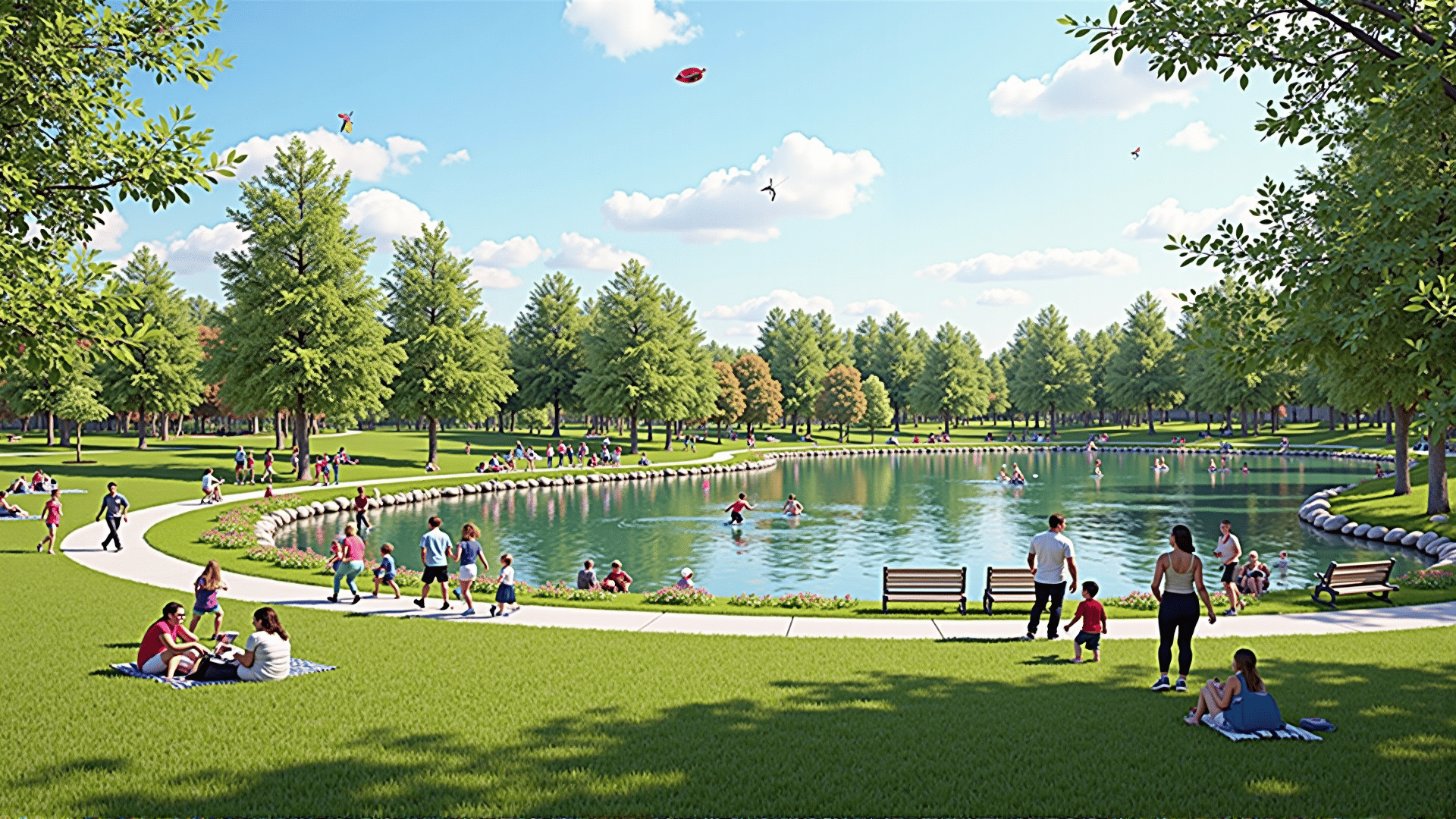Green spaces hold an invaluable place in our communities, cultivating not only beauty but a sense of peace and connection among residents. These areas, be they parks, botanical gardens, or community gardens, provide a sanctuary from the urban hustle, allowing people to immerse themselves in nature's calm.
A significant benefit of developing green spaces lies in their positive impact on mental health. Studies have consistently shown that exposure to greenery and natural environments can alleviate stress, boost mood, and enhance overall well-being. For individuals living in densely populated urban areas, the availability of a park or garden nearby offers an escape to tranquility, promoting relaxation and mindfulness.
Moreover, green spaces promote physical health by providing a venue for exercise and outdoor activities. Whether it's jogging along a tree-lined path, practicing yoga on lush grass, or playing a game of soccer with friends, these environments encourage physical activity, helping combat sedentary lifestyles and fostering healthier communities.
For families, green spaces offer an ideal backdrop for quality time. They provide a safe environment for children to explore, play, and learn about the natural world. Parents can engage with their children in educational activities, instilling a respect and appreciation for nature from an early age. Additionally, these areas often serve as community hubs where neighbors can gather, celebrate, and create lasting memories.
Biodiversity is another critical aspect. Green spaces support various plant and animal species, enhancing local ecosystems. By preserving native vegetation and incorporating diverse plantings, these areas increase biodiversity, attract pollinators, and contribute to ecological balance.
Furthermore, green spaces can act as environmental stewards, improving air quality and aiding in climate regulation. Trees and plants absorb carbon dioxide and release oxygen, helping to clean the air we breathe. They also provide natural cooling during hot weather, reducing the urban heat island effect and benefiting both people and wildlife.
Community involvement in the creation and maintenance of green spaces is essential for their success. Local residents, businesses, and organizations can collaborate to design spaces that reflect the community's unique character and needs. Volunteer programs for planting, landscaping, and cleanup events help instill a sense of ownership and pride among participants.
In conclusion, the development and maintenance of green spaces are vitally important endeavors that offer a multitude of benefits. Their role in enhancing physical and mental well-being, promoting biodiversity, and fostering community bonds makes them an indispensable part of urban and suburban landscapes. As we move forward, prioritizing these projects will ensure that people continue to have access to nature's rejuvenating presence, enriching lives for generations to come.
